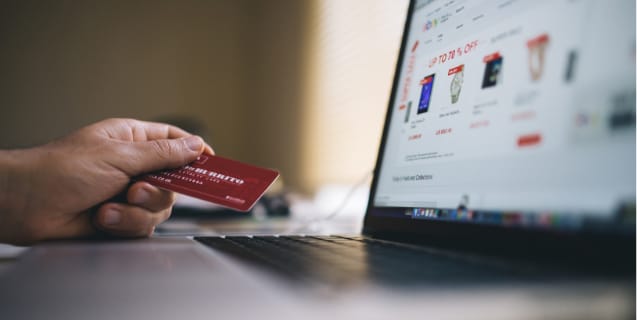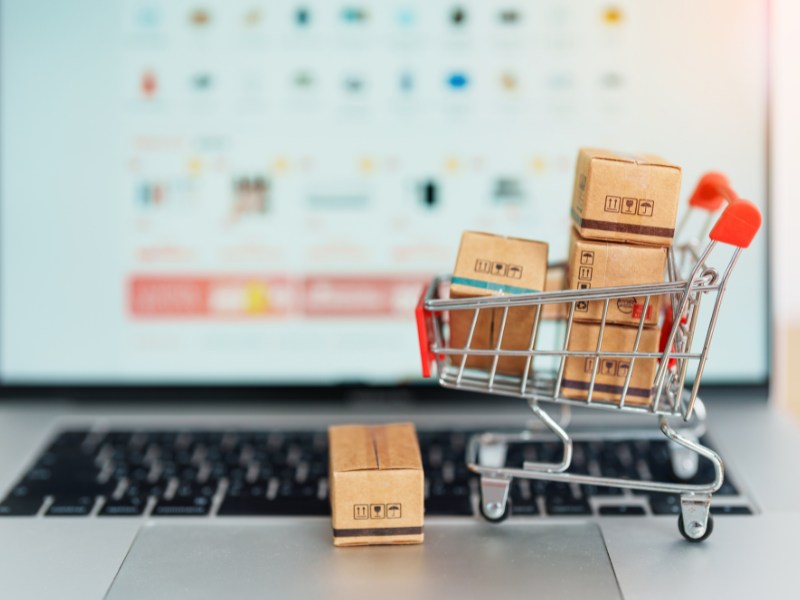After focusing on relationship building, audience targeting and creative messaging, it can be confusing when a consumer abandons their online shopping cart. Were they simply window shopping? Or, did something go wrong?
It is estimated that almost 70% of shopping carts are abandoned. More than ever, marketers and retailers are teaming up to resurrect these lost sales. How? By reaching out to the consumers. One way e-commerce merchants can get in front of interested customers is by sending a message straight to their inbox.

Why are Shoppers Leaving Their Carts?
Let’s first understand why shoppers are clicking the “Add to Cart” button, but not following through with purchases. The folks at SaleCycle, a behavioral marketing company, conducted a survey of their customers and examined external data to better understand the phenomenon around cart abandonment in the retail sector.
The single biggest reason shoppers abandon their carts is browsing. They are looking without plans to make a final buying decision. These users typically abandon before even starting the checkout flow.
If we filter out that first segment, we see that more reasons are directly related to the checkout process on a website. Over a third of respondents say they leave items in their cart because they are asked to create an account before finalizing their purchase, which feels cumbersome. (Hint: having a “checkout as guest” option is worth it.) Twenty-three percent mention the cost of shipping felt too high or there was a lack of shipping options. The smallest group said they simply wanted to compare prices.
Shoppers are also browsing away from the checkout screen because they feel the cost of the item is too high, the check-out process is too complex or too long, they can’t see the total cost easily, their preferred payment type isn’t available, the return policy isn’t satisfactory, or website glitches prevented them from finishing the transaction.
The good news is that most of these can be resolved! Some through design updates on your website, and some through touchpoints with your consumers. Enter: email!

How to Follow-up By Email
Before you reach out over a lost transaction, you need to understand why the consumer shopped, clicked, and then dashed. Consider doing a survey of your email list or social media feeds to see why your audience tends to leave full shopping carts behind. Encourage personal comments and you might get direct feedback that pertains to a transaction that was never finished.
Side note: Have a customer service pro from your team on standby to mitigate any unhappy consumer comments. This is also a chance to turn that sale around!
Let’s get to that follow-up email. When you track your users via IP addresses, they’ve already signed up for your email newsletter or you use mapping technology, you have a way to reach out to individuals that have left unpurchased goods in their carts.
The savvy folks at Shopify, an e-commerce platform for online stores and POS systems, says that many customers don’t mean to abandon their carts and that over a third of clicks from follow-up emails lead to purchases. Here’s what they think works in follow-up communication.
- Remind the customer what’s in their cart. A website crash or external factor (like a crying child) may have taken their attention away from their screen. Reel them back in with a simple, “Hey, do you still want this item?” Or, play into your brand’s voice and tone, especially if you can be playful.
- Encourage the consumer to complete their purchase. If the cart feature timed out or they accidentally closed the browser page, a helpful link that points directly to the shopping cart might be all it takes to complete the sales cycle. Don’t make them add it back to their cart.
- Provide incentives or create a final offer. Here’s where you can use what you learned about the consumer to overcome their main pain point. Offer a discount, free shipping, guest account, or one-click payment method to make the transaction easier than before.
A fabulous follow-up email should be snappy, direct and well-written. The copy doesn’t need to be long, but it should be easily skimmable and flanked with the retailer’s logo, images of the items in the carts or pleasant imagery to entice the reader to engage. The email subject line should serve as a gentle reminder to complete the purchase, with a dash of urgency. If you don’t see results from the emails, make some adjustments or even try A/B testing.

Abandoned Cart Email Message Sample
Abandoned cart email messages vary widely among retailers, but each one we browsed seemed to have an air of humor and always focused on the buyer’s needs and the enjoyment that comes from having the product. If you are a growing brand, the education around your brand and products can be a pain point so don’t hesitate to offer a video or another resource to inform your buyers.
Let’s pretend we sell pink flamingo lawn ornaments. They’re super stinkin’ cute, so it’s hard to imagine anyone would think twice about this purchase. But, it’s possible. Let’s follow-up!
To: you@youremail.com
Subject: There’s Still Time to Get Your Flamingo Fix!
Dear You,
Our flock is wondering where you went? The 12 Extra Large Pink Flamingo Yard Ornaments in your shopping cart are ready to migrate to your lawn ASAP.

You’re one click away from being a proud flamingo owner. Use this LINK (or have a big button) to complete your transaction and become the envy of your neighbors.
Have questions? Concerns? Hit reply to this email and we will swoop in to help.
Sincerely,
Sarah, CFW (Chief Flamingo Whisperer)
Cool Yard Art Dot Com
Writing abandoned shopping cart emails allows you to get a little creative and be direct with your consumers. If you feel lost with your e-commerce marketing content, Volume Nine can unruffle your feathers. From doing an SEO audit to draw more customers to your website, to crafting copy that converts, we’ve got your back (not flamingos). Drop us a note.
